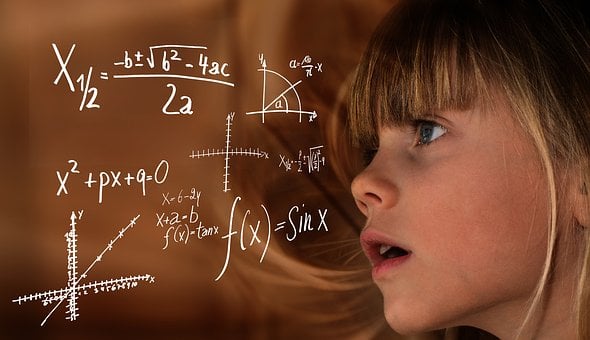 I love the idea of having students explain their thinking but so many of them can do a selfie but won't speak in front of the class. That is where Flipgrid or Google comes in as they allows students to share but allows them a chance to do it without being watched by everyone else.
I love the idea of having students explain their thinking but so many of them can do a selfie but won't speak in front of the class. That is where Flipgrid or Google comes in as they allows students to share but allows them a chance to do it without being watched by everyone else.Fortunately, there are ways to encourage literacy while allowing every student the chance to do something.
1. One way to encourage literacy is to have students present work on the board, explaining how they solved it and answering other student questions. For students who have problems speaking in front of the class, they can record their explanation on Flip Grid and share it that way.
2. Give students a problem to solve. They work their problem on a google slide and then take time to explain how they reached their solution but first you have to teach them what constitutes a good explanation. Students should use steps, explain how the step applies to the line they just did, and why they chose to use that particular step.
3. Have each student rework a problem they missed. They need to explain what they did incorrectly and how they should have done the problem to get the right answer. This can be done via Google slides or Flipgrid.
4. Ask students to produce quizzes with answers for each other using google quiz forms. The teacher needs to set the rules for the construction of the quiz. Once everyone has written their quiz, the teacher can share links with other students so each students takes the quiz of at least one other student.
5. Have students write a letter to their friend using Google Docs to explain how to do a certain problem or explain the lesson they missed when absent. This requires them to provide a written explanation of the concept or lesson.
6. Set up a class discussion site where the teacher posts a question and requires students to place their answer on the site. The teacher will be the moderator and it is up to the teacher to decide the rules for student commenting on other's entries.
7. Use exit tickets via Google or Flip grid. Exit tickets can be a question on how to solve something, or requires students to reflect on their understanding of something, or even a question as simple as "What do you need to work on for the upcoming test.
8. Divide student up into pairs and assign two problems to each duo. Then on Flipgrid, one student explains how to do their problem to the other and then they switch but before they switch, the listening student must be given a chance to ask questions.
These are just a few ways to help increase literacy in the math classroom because it gives students the opportunity to develop their ability to communicate their thinking which is essential. Let me know what you think, I'd love to know. Have a great day.
















 The cake is 8 inches across and 3 inches tall, what is the volume of the cake?
The cake is 8 inches across and 3 inches tall, what is the volume of the cake?

